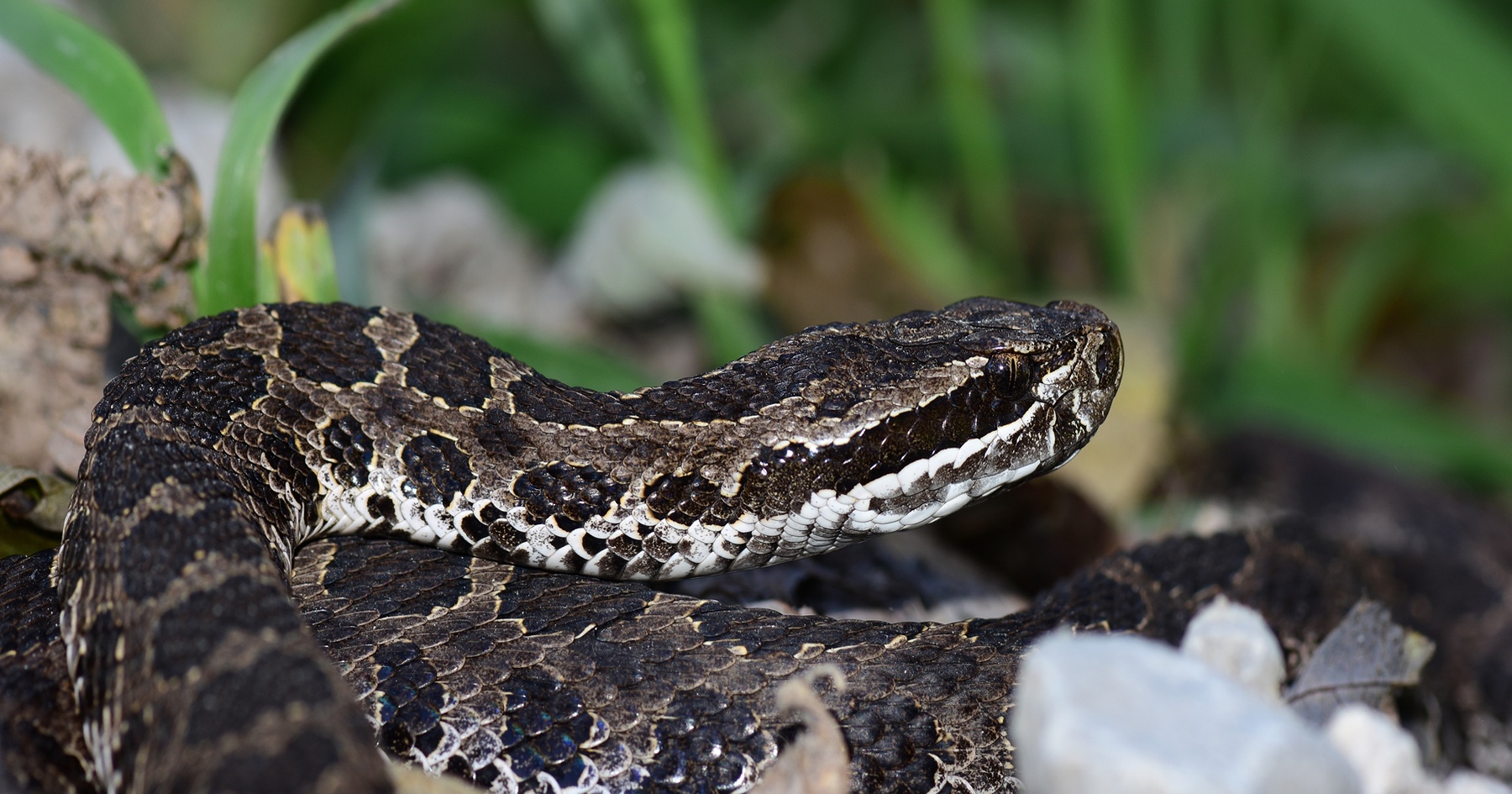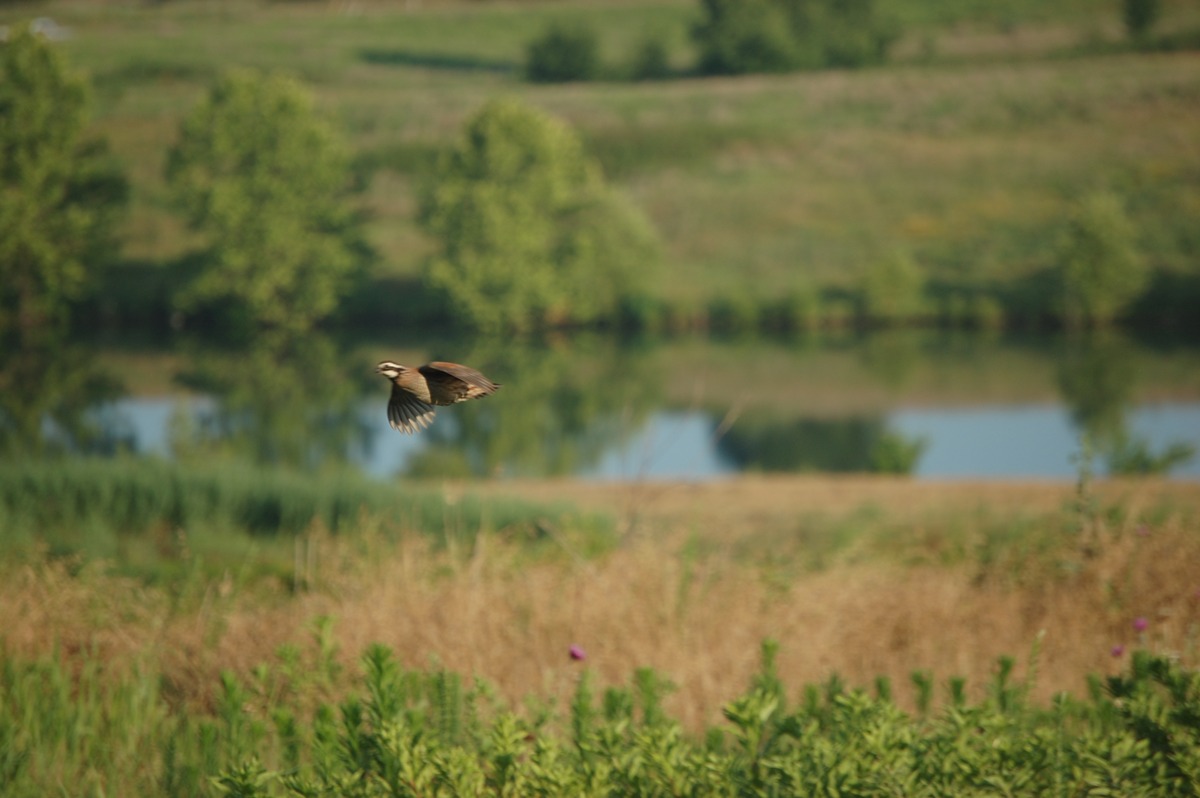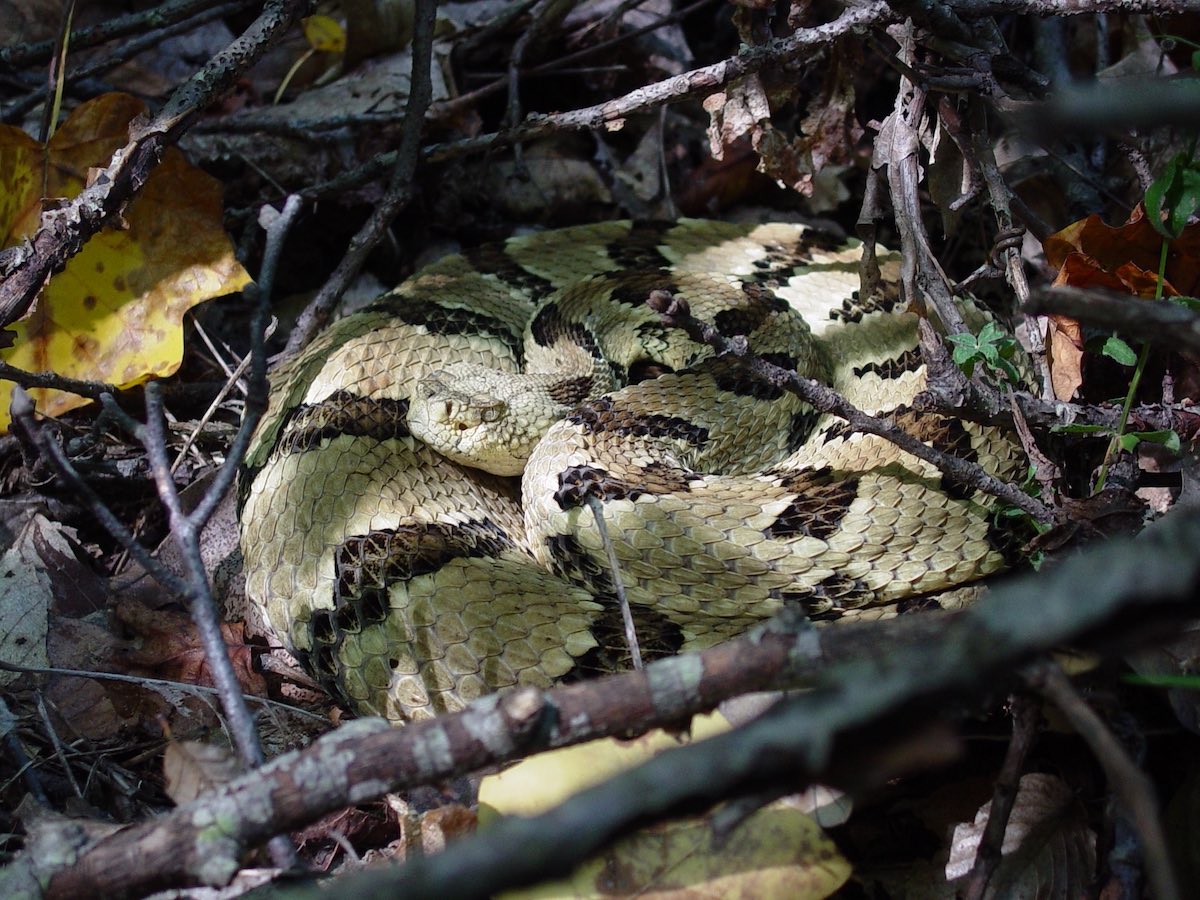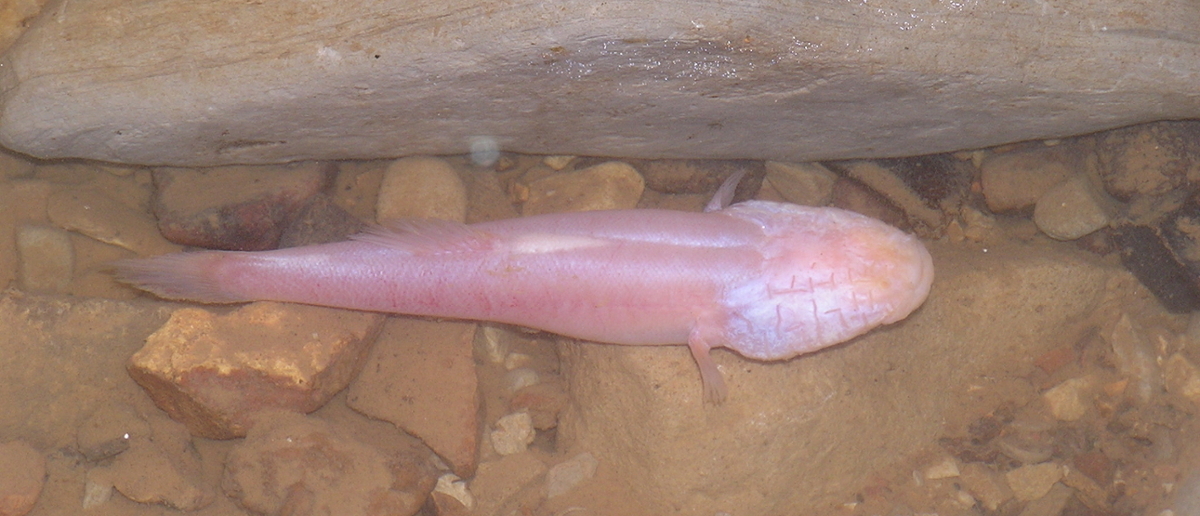Unexpected Plants and Animals of Indiana: Southern flying squirrel
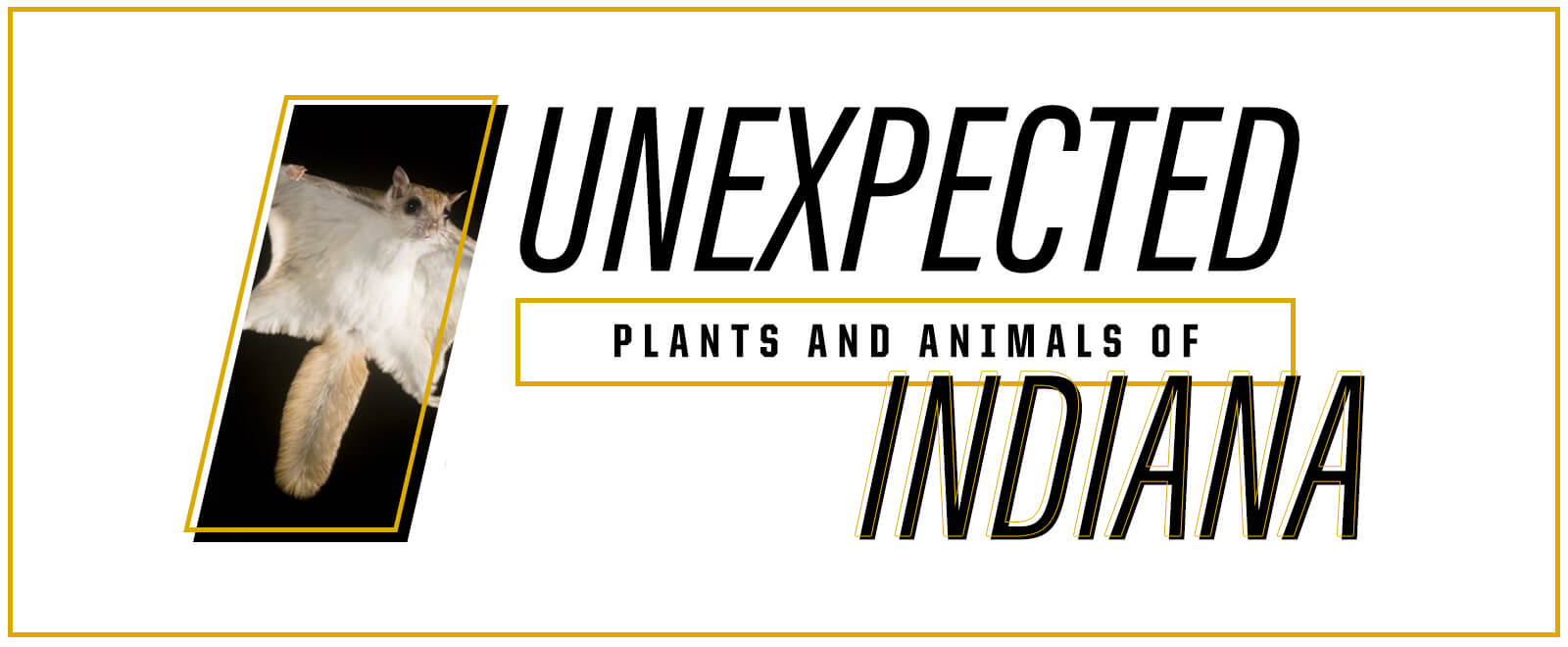
Indiana is home to a large variety of plant and animal life, supported by the range of Indiana habitats, from its prairies to verdant hardwood forests. Discover some of the state’s more surprising species with Purdue Agriculture’s new Unexpected Plants and Animals of Indiana series.
"A
thunder of jets in an open sky, a streak of gray and a cheerful ‘hi!’" A loop, a whirl, a vertical climb and you know it's time for Rocky & Bullwinkle & Friends!”
So opened the beloved 60s cartoon following the adventures of an unlikely duo of moose and squirrel. While flying squirrels don’t wear aviator goggles or utter witticisms, they do enjoy an impressive amount of flight power and in-air control, according to Elizabeth Flaherty, associate professor of forestry and natural resources (FNR). And they can be found in the forests of Indiana.
Indiana is home to the southern flying squirrel, one of two North American species, the other aptly named the northern flying squirrel. While the southern species is smaller, it is also the more aggressive of the two, which is why both species rarely coexist.
While neither species technically flies, gliding is the accepted term, southern flying squirrels can travel an impressive distance, Flaherty said. The rule is the squirrel can fly two units for every one vertical unit it climbs, so a climb of ten feet would yield a 20 foot glide. Using their tails they are also able to change direction, sometimes drastically, mid-flight.
Flying squirrels are examples of convergent evolution in mammals, the independent evolution of similar traits in different species.
“Flying squirrels have the excess skin, which allows them to glide, but they also have a small piece of cartilage that holds their gliding membrane stiff,” Flaherty explained. “When they leap off a platform or a tree they move their legs around to stretch out their skin and angle their front feet towards their face. They also have a flat tail to use as a rudder.”
The southern flying squirrel nests in trees and survives off nuts, berries and invertebrates. It is uncommon to see a flying squirrel outside of a densely populated forest, Flaherty added. For those hoping to catch a glimpse of the species, she recommended an evening stroll through a wooded area to catch a glimpse of these nocturnal creatures.
“Right when the sun is setting they’re coming out, like clockwork,” she continued. “Then they have a period of rest before rising again three hours before sunrise. I know people who have seen them come to their birdfeeders. If you’re interested in seeing a flying squirrel in Indiana it would not take too much effort.”



